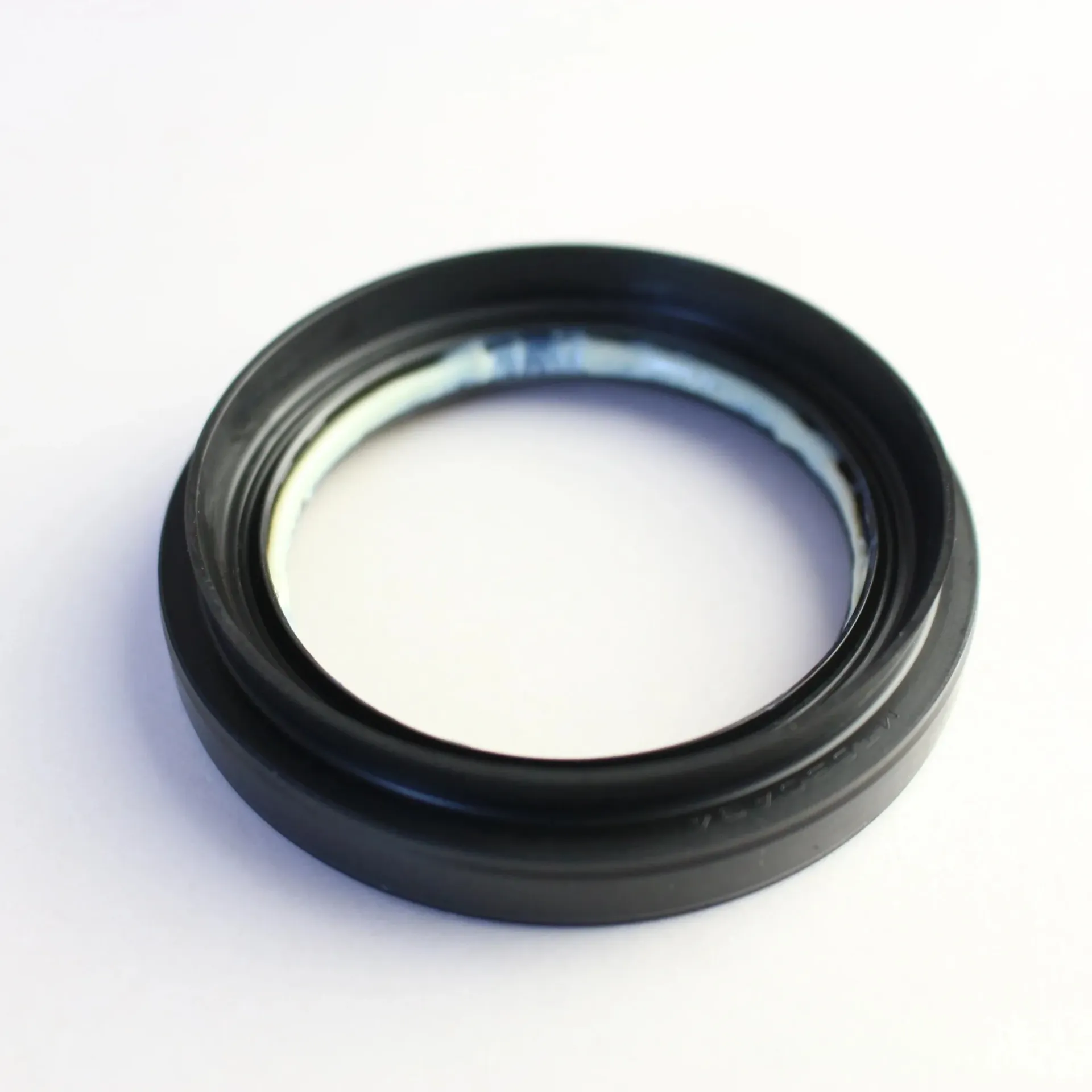Understanding the Function and Importance of O-Ring Oil Seals in Mechanical Systems
Understanding O-Ring Oil Seals Function, Applications, and Benefits
The O-ring oil seal is a vital component in many mechanical systems, serving the primary function of preventing the leakage of fluids while maintaining pressure within a system. This seemingly simple yet highly effective seal is comprised of a ring-shaped elastomer that fits into a groove designed for its use. Understanding its structure, function, and applications can shed light on why it remains a popular choice in various industries.
Structure and Function
The O-ring's design is what makes it so effective. Typically circular in cross-section, the O-ring is made of flexible materials such as rubber or silicone, which allow it to compress and create a tight seal when installed between two mating surfaces. The inner diameter of the O-ring must be fitted precisely to ensure there are no gaps where fluid can escape.
When pressure is applied to the O-ring, it deforms slightly, filling the space between the two surfaces it is intended to seal. This deformation creates a reliable barrier against the passage of fluids, effectively preventing leaks. The O-ring’s ability to maintain its shape and resilience under varying conditions of temperature and pressure is key to its success in many applications.
Applications of O-Ring Oil Seals
O-ring oil seals are utilized across a wide range of industries, including automotive, aerospace, industrial machinery, and consumer goods. In the automotive sector, for example, O-rings are commonly found in engines, transmission systems, and hydraulic assemblies. Their role in ensuring that oil, coolant, and other fluids remain contained is critical to the efficient operation of these systems.
In aerospace, where reliability and safety are paramount, O-rings are employed in various hydraulic systems and fuel systems to prevent leaks that could lead to catastrophic failures. Industrial machinery also relies heavily on O-ring seals for hydraulic cylinders, pumps, and valves, as they provide both a reliable seal and ease of maintenance.
Even in household products, such as faucets and appliances, O-rings are utilized to prevent water leaks and enhance the lifespan of devices. This versatility speaks to the importance of O-ring oil seals in everyday life.
o ring oil seal

Advantages of Using O-Ring Oil Seals
The benefits of using O-ring oil seals extend beyond their ability to prevent leaks. Some advantages include
1. Cost-Effectiveness O-rings are relatively inexpensive to manufacture and replace. Their simple design allows for rapid replacement without the need for specialized tooling or extensive downtime.
2. Ease of Installation Installing an O-ring is a straightforward process, which means that maintenance and repair can often be performed quickly by technicians without requiring extensive training.
3. Wide Range of Materials O-rings are available in various materials to suit different applications. Depending on the requirements of temperature, chemical compatibility, and pressure, manufacturers can select materials that enhance the performance and longevity of the seal.
4. Versatility The adaptability of O-rings means they can be used in numerous applications across different industries. With the right material, they can seal gases, oils, and even corrosive chemicals.
5. Reliable Performance O-rings can provide a long service life when properly selected and maintained. Their ability to maintain a seal under dynamic conditions, such as vibration and movement, makes them invaluable in many systems.
Conclusion
In summary, O-ring oil seals play an integral role in ensuring the efficiency and reliability of various mechanical systems. Their simple yet effective design, combined with their versatility and cost-effectiveness, makes them indispensable in numerous applications from automotive to aerospace. As industries continue to evolve and seek more efficient solutions, the relevance of O-ring oil seals is likely to remain strong, proving that sometimes the simplest solutions are the most effective.
-
The Ultimate Guide to Boat Propeller Bearings and Trailer Wheel Bearings
News Jul.31,2025
-
The Essential Guide to Marine Bearings and Boat Trailer Wheel Bearings
News Jul.31,2025
-
The Complete Guide to Heavy Duty Seals: Protecting Doors and Spaces Efficiently
News Jul.31,2025
-
Essential Guide to Marine Shaft Bearings and Boat Trailer Axle Bearings
News Jul.31,2025
-
Comprehensive Guide to Marine and Trailer Bearings for Safe Boating and Transport
News Jul.31,2025
-
Comprehensive Guide to Automotive Oil Seals: Protecting Your Engine and Shafts
News Jul.31,2025
-
Understanding Automotive Oil Seals: Essential Components for Engine and Shaft Protection
News Jul.30,2025
Products categories















